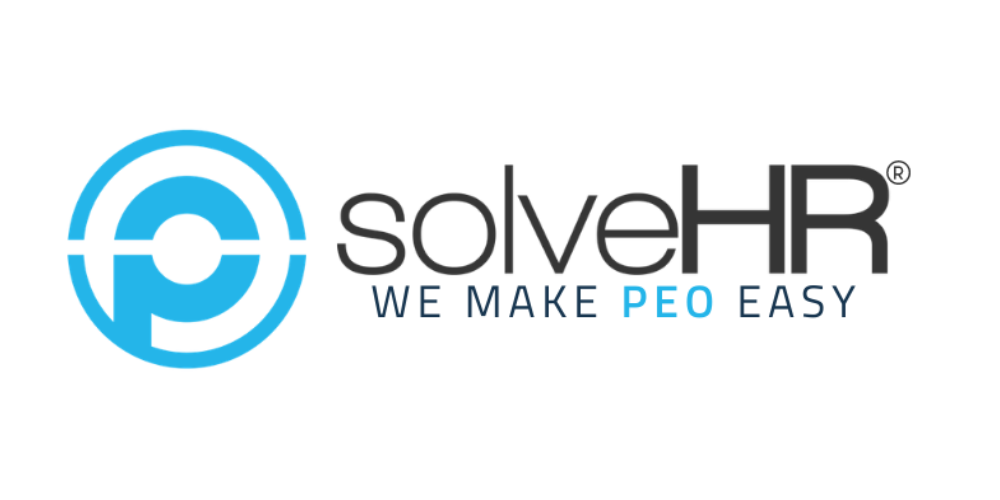- 03/16/2022
- Posted by: Matt Muriel
- Categories: Culture & Retention, Recruitment & Selection, Small and Mid-Sized Business

The “Great Resignation” is in full swing and companies across the country are scrambling to compete against one another in an effort to retain their employees. In the current market, most employers will focus on ensuring that employee compensation stays at a level of the current market rate. This, however, is a mistake.
Employers are missing a big opportunity if they neglect to focus on offering competitive benefits to their employees, and they open themselves up to reduced retention rates to other employers in the market that are willing to pay to attract and retain great talent.
However, nowadays it’s not enough just to simply expand the benefits package to ensure that it remains attractive to job candidates and current employees. Instead, now employers can take a multipronged approach towards building out their benefits packages through analyzing current market trends, understanding what the business can offer, and most importantly, just asking employees what they’re looking for in their benefits package.
A Competitive Market
Employers do whatever they can to try and stay competitive in the market, but often just offering more benefits isn’t good enough for employees and it can end up costing the business a lot in excess benefits that don’t end up getting used.
Big companies like Meta (Formally Facebook), Twitter, and Google design their benefits portfolio around review periods. So instead of just offering more of the same, they utilize traditional data points like market insights, benchmarking, and current workforce demographics, as well as a combination of employee feedback, to build their benefits offerings.
The labor market is moving so incredibly fast these days, that it may not be enough anymore to just review your benefits offerings just once a year. By reviewing benefits on an ongoing basis, you can stay on top of market trends, as well as the needs of your employees, to offer the best benefits in the market.
Of course, it’s still good to have a multiyear plan, but reviewing your benefits offerings throughout the year to understand what your offing your employees and how it measures up to current market trends.
What Benefits are Employees Looking for in Their Job?
So what benefits are potential employees looking for when looking for a job? A study conducted by Fractl surveyed 2,000 employees across various industries to understand this question. They gave the participants of the survey seven-teen benefits and asked them how heavily they would weigh each benefit when deciding between a high-paying job and a lower-paying job with more benefits.
The results of the study found some obvious answers, but some surprising results could be offered to employees at a cheap cost to employers. The top five answers that were reported were:
- Better health, dental, and vision insurance– 88% of respondents said some or heavy consideration
- More flexible hours– 88% of respondents said some or heavy consideration
- More vacation time– 80% of respondents said some or heavy consideration
- Work-from-home options– 80% of respondents said some or heavy consideration
- Unlimited Vacation– 68% of respondents said some or heavy consideration
Health insurance sits at the top but is also the most expensive benefit to offer with an average cost of $6,435 per employee. The next most-valued benefits are the ones that offer flexibility and improve work-life balance. These benefits are important to employees and can give a competitive edge to lower-paying jobs. Parents especially enjoy the freedom of being able to spend more time with their children, increasing their productivity.
Flexible hours and work-from-home options are excellent choices that are affordable for companies wanting to offer appealing benefits but can’t afford the cost of expensive benefits packages.
More vacation time and unlimited vacation was also a popular benefit that employees stated they wanted. At first glance, an unlimited vacation plan may seem like it would be subject to abuse by employees, but U.S. workers are notorious for not using vacation days. An article from CNBC states that U.S. workers forfeit more than 200 million vacation days annually, totaling more than $66.4 billion in lost benefits each year.
Unlimited vacation time can help save money in the long run by not having to pay out any unused vacation days to employees leaving the company, saving more than $1,898 per employee according to research from the U.S. Travel Association. It also demonstrates trust in the employees by making them responsible for ensuring that their work is done regardless of the time they take away from the office.
Non-Traditional Benefits
You may have noticed that there are a few other perks lower on that list that employees considered. Some of these are what you could classify as non-traditional benefits, or benefits that go beyond the traditional health care, PTO, and retirement packages that companies normally offer.
Work from home options and unlimited vacation time would fall under this category too, but there is a slew of other options that businesses can also offer that can benefit potential employees such as:
- Tuition reimbursement
- Catered lunches
- Free Day-Care Services
- Free Snacks and Coffee
- Pet Benefits
- On-Site Gym
Of course, you don’t have to offer all of these benefits to stay competitive in the employee marketplace but offering a different combination of traditional and non-traditional benefits can make working at your businesses much more attractive for potential employees.
When developing your benefits package, you should first think about the kind of workforce you want as not all benefits and perks will attract all employees.
Need help deciding what benefits are best for your business? SolveHR takes the guesswork out of choosing benefits with our experts who are trained to find a solution tailored to your business’s needs. Contact us to find out how our transactional HR services can simplify the administration work that goes into managing benefits so you can focus on what matters—growing your business!

